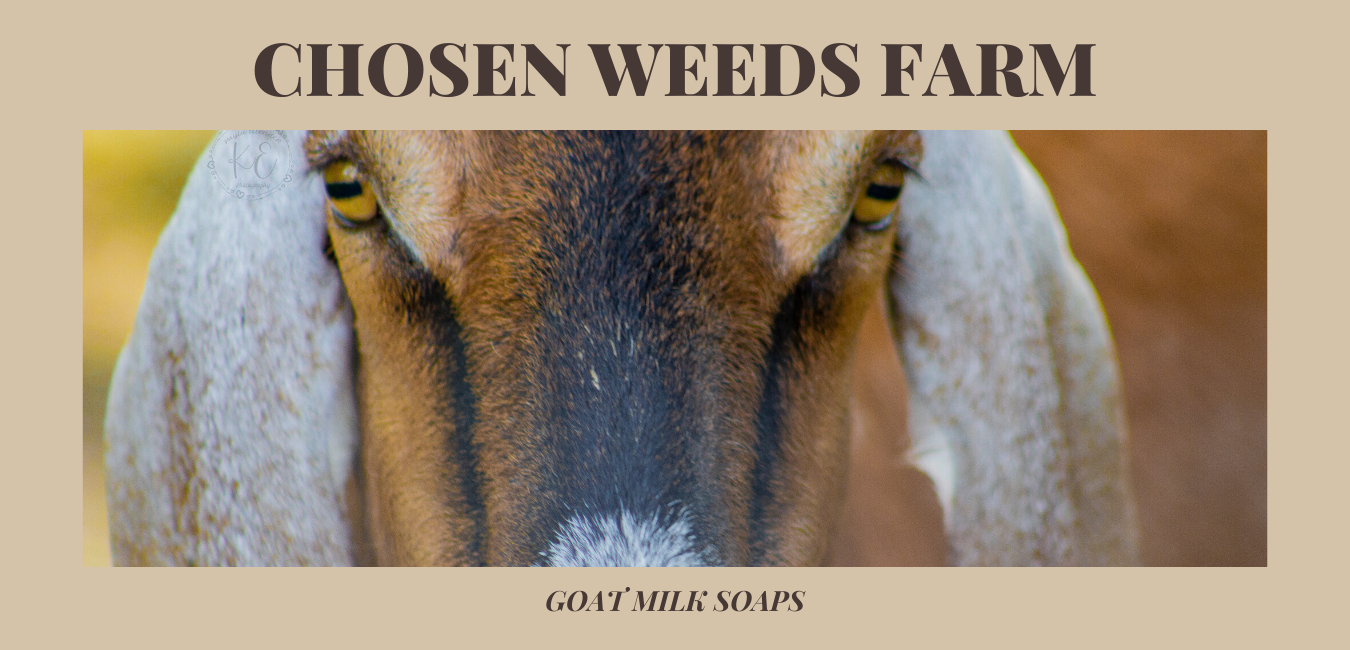It has taken a while, but I have finally come to appreciate cow tongue as part of my repertoire for meals. And I have received a few looks. (You know the kind.).
Its not often used in the United States except for in ethnic cooking. I remember having it once as a child and I was not impressed. Thus, I never tried it again until I was in a Mexican market and had some of the BBQ tongue. I realized that I had been missing out on this delicious organ. I just needed to learn how to prepare it properly.
Sure, it’s a little strange cooking with a cut of meat that is covered with taste buds, but getting past the ewww factor isn’t hard when you realize what tongue can do for your body. In fact, when I started researching just how beneficial organ meats (offal) can be, I decided to be adventurous and try to incorporate more into my diet.
In today’s world, we buy our meat from the grocer and hardly give a thought to where it comes from or how the animal was treated. I’ve talked to children who don’t realize that the hamburger they were eating came from a cow and their chicken nuggets are just that, chicken. But it hasn’t always been so. There was a time that nothing went to waste and everything had a purpose.
Our ancestors may not have known the ins and outs of the nutritional value of tongue but they certainly knew it served them well. Tongue is one of the highest fat organs in mammals, and our hunter-gatherer ancestors realized that tongue prevented symptoms of protein poisoning, was more satiating than muscle meat, and simply made them feel good[1].
“Compared to the muscle meat we are used to eating, organ meats are more densely packed with just about every nutrient, including heavy doses of B vitamins such as: B1, B2, B6, folic acid and the very important vitamin B12. Organ meats are also loaded with minerals like phosphorus, iron, copper, magnesium, iodine, calcium, potassium, sodium, selenium, zinc and manganese and provide the important fat-soluble vitamins A, D, E and K. Organ meats are known to have some of the highest concentrations of naturally occurring vitamin D of any food source. Organ meats also contain high amounts of essential fatty acids, including arachidonic acid and the omega-3 fats EPA and DHA.”[2]
I recommend incorporating organ meat into your menu at least once as week. Start with this easy recipe below. It will remind you of Sunday pot roast at your grandmother’s (at least it does for me).

Ingredients
- 1 tongue (preferably grass fed)
- Salt and Pepper (or your favorite spice combination for roast)
- Small potatoes
- 4 carrots rough cut
- 1 onion quartered
- 1 TBSP butter
- Set your SousVide to 178 degree
- Pat dry the tongue and sprinkle with spices
- Add the carrots, onions, and butter then vacuum seal.
- Place in the SousVide. Cook for 36 hours
- Remove the tongue from the bag and peel of the skin.
- Heat a butter or coconut oil skillet on medium-high until hot.
- Slice the tongue into 1″ slices. Place on the skillet and sear both sides until brown. Make sure the skillet is hot before you place the slices of meat on it.
Sources:
- Loren Cordain, PhD, Professor Emeritus. “Tongue: A Hunter Gather Delicacy.” http://thepaleodiet.com/tongue-hunter-gatherer-delicacy/#.Vw_p8dQrLcs
- Sarah Ballantyne, PhD. “Why Everyone Should be Eating Organ Meat“http://www.thepaleomom.com/2012/04/why-everyone-should-be-eating-organ.html

Permalink //
truly beautiful. Thanks for sharlng!